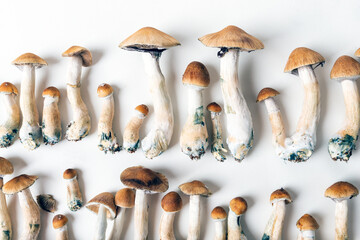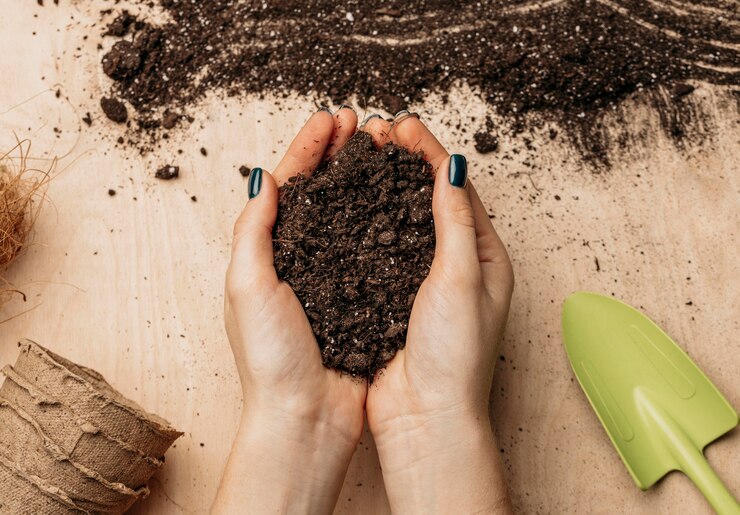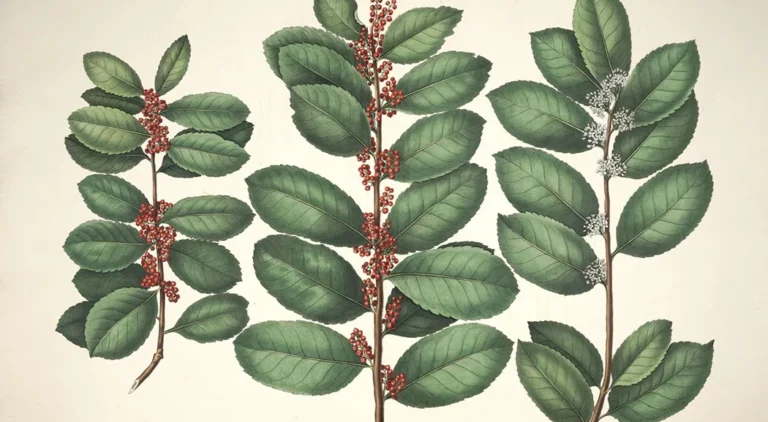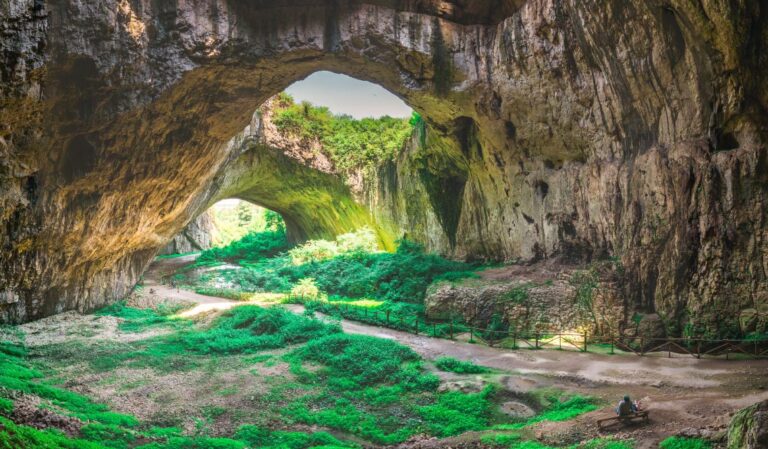Ecuador Mushrooms: A Guide to Nature’s Hidden Gems
Ecuador, a country renowned for its stunning biodiversity and rich cultural heritage, is home to a fascinating variety of mushrooms. From the lush Amazon rainforest to the Andean highlands, Ecuador’s diverse ecosystems provide the perfect habitat for numerous fungal species. This article delves into the intriguing world of Ecuador mushrooms, exploring their varieties, ecological roles, culinary applications, and the cultural significance they hold for local communities.
The Biodiversity of Ecuador Mushrooms
Ecuador’s unique geographic location at the intersection of various ecosystems allows for an impressive diversity of mushrooms. The country has over 25,000 species of fungi, many of which are endemic, meaning they are not found anywhere else in the world. The climate ranges from tropical in the lowlands to temperate in the highlands, enabling the growth of a wide range of mushroom varieties.
Common Types of Ecuador Mushrooms
- Psilocybe Mushrooms
Often referred to as magic mushrooms, these fungi contain psychoactive compounds that have been used for centuries by indigenous cultures for spiritual and medicinal purposes. Psilocybe mushrooms can be found in various regions of Ecuador, particularly in the cloud forests. They are small, with distinct caps that range in color from golden brown to bluish-purple. - Chanterelles (Cantharellus)
These highly sought-after mushrooms are known for their vibrant yellow and orange colors and fruity aroma. Chanterelles thrive in the temperate forests of Ecuador and are popular in local cuisine. They are often foraged by locals and are prized for their delicate flavor and versatility in cooking. - Oyster Mushrooms (Pleurotus ostreatus)
Commonly cultivated in Ecuador, oyster mushrooms are widely appreciated for their mild flavor and tender texture. They can be found growing on decaying wood and are often used in a variety of dishes, from soups to stir-fries. - Morels (Morchella)
These prized fungi have a distinctive honeycomb appearance and are sought after by gourmet chefs around the world. Morels are found in the high-altitude areas of Ecuador during the spring months and are typically harvested in the wild. - Enoki Mushrooms (Flammulina velutipes)
Enoki mushrooms, characterized by their long stems and tiny caps, are a staple in Asian cuisine. In Ecuador, they are cultivated and enjoyed in soups, salads, and stir-fries. Their delicate texture and mild flavor make them a popular choice for various dishes.
The Ecological Role of Ecuador Mushrooms
Mushrooms play a crucial role in the ecosystems of Ecuador. They are essential decomposers, breaking down organic matter and recycling nutrients back into the soil. This process supports plant growth and maintains the health of the ecosystem. Additionally, many fungi form symbiotic relationships with plants, enhancing their ability to absorb water and nutrients.
Fungal Diversity and Conservation
Ecuador’s rich fungal diversity is under threat due to habitat destruction, climate change, and unsustainable harvesting practices. Conservation efforts are crucial to protecting these vital organisms and their ecosystems. Many organizations in Ecuador are working to raise awareness about the importance of fungi and promote sustainable foraging practices.
Culinary Uses of Ecuador Mushrooms
The culinary landscape of Ecuador is vibrant and diverse, with mushrooms playing a significant role in traditional dishes. Many local communities have incorporated mushrooms into their diets for centuries, not only for their flavor but also for their nutritional benefits.
Traditional Dishes Featuring Ecuador Mushrooms
- Mushroom Soup (Sopa de Hongos)
A comforting and flavorful dish, mushroom soup is made with a variety of local mushrooms, herbs, and spices. It is a popular starter in many Ecuadorian restaurants and is often enjoyed with a side of crusty bread. - Mushroom Risotto
This creamy dish is made with Arborio rice and a mix of sautéed Ecuador mushrooms, resulting in a rich and satisfying meal. Risotto is commonly served during special occasions and family gatherings. - Stir-Fried Mushrooms and Vegetables
A simple yet delicious dish, stir-fried mushrooms are often paired with seasonal vegetables and served over rice. This dish showcases the fresh flavors of Ecuador’s diverse produce. - Mushroom Empanadas
These savory pastries are filled with a mixture of mushrooms, cheese, and spices, making for a popular snack or appetizer. They are commonly found in local markets and street food stalls.
Cultural Significance of Ecuador Mushrooms
In many indigenous cultures of Ecuador, mushrooms hold a sacred place. They are often associated with spiritual practices and rituals, serving as a means to connect with nature and the divine. The use of psychoactive mushrooms, in particular, is an integral part of traditional healing practices, where they are consumed during ceremonies to promote spiritual growth and healing.
The Role of Mushrooms in Indigenous Practices
Many indigenous communities in Ecuador have deep-rooted traditions involving mushrooms. These practices often include:
- Shamanic Rituals
Shamans use mushrooms to facilitate spiritual journeys, seeking guidance and insight from the spiritual realm. These rituals are typically conducted in a sacred setting, often accompanied by music and chanting. - Medicinal Uses
Some mushrooms are believed to possess medicinal properties and are used to treat various ailments. Traditional healers may incorporate mushrooms into herbal remedies, highlighting their importance in holistic health practices.
The Future of Mushroo m Foraging in Ecuador
As interest in mushroom foraging and cultivation grows, Ecuador is positioned to become a hub for mycology enthusiasts and chefs alike. With its diverse ecosystems and rich culinary traditions, the country offers a wealth of opportunities for sustainable mushroom harvesting and cultivation.
Sustainable Foraging Practices
To ensure the longevity of Ecuador’s mushroom resources, it is essential to adopt sustainable foraging practices. This includes:
- Educating Foragers
Providing education on identifying edible versus toxic mushrooms is crucial for safe foraging. Workshops and guided foraging tours can help raise awareness and promote responsible harvesting. - Supporting Local Farmers
Encouraging the cultivation of mushrooms through sustainable farming practices can alleviate pressure on wild mushroom populations. Local farmers can provide fresh, high-quality mushrooms while maintaining ecological balance.
Conclusion
Ecuador mushrooms are a fascinating aspect of the country’s rich biodiversity and cultural heritage. From their ecological roles to their culinary uses, these fungi offer a glimpse into the intricate relationships within ecosystems and the traditions of local communities. As we continue to explore the wonders of Ecuador’s natural world, it is essential to promote sustainable practices that ensure the protection and preservation of these hidden gems for future generations.
FAQs
What types of mushrooms are found in Ecuador?
Ecuador is home to a diverse range of mushrooms, including Psilocybe (magic mushrooms), chanterelles, oyster mushrooms, morels, and enoki mushrooms.
Are there any poisonous mushrooms in Ecuador?
Yes, some mushrooms in Ecuador can be toxic. It is essential to properly identify mushrooms before consuming them and to seek guidance from experienced foragers.
How are mushrooms used in Ecuadorian cuisine?
Mushrooms are used in various traditional dishes, such as mushroom soup, risotto, stir-fries, and empanadas, showcasing their versatility and flavor.
What is the significance of mushrooms in indigenous cultures in Ecuador?
Mushrooms hold cultural significance in many indigenous communities, often being used in spiritual rituals and traditional healing practices.
How can I learn about sustainable mushroom foraging in Ecuador?
Participating in workshops, guided foraging tours, and connecting with local mycologists can provide valuable knowledge about sustainable mushroom foraging practices in Ecuador.







